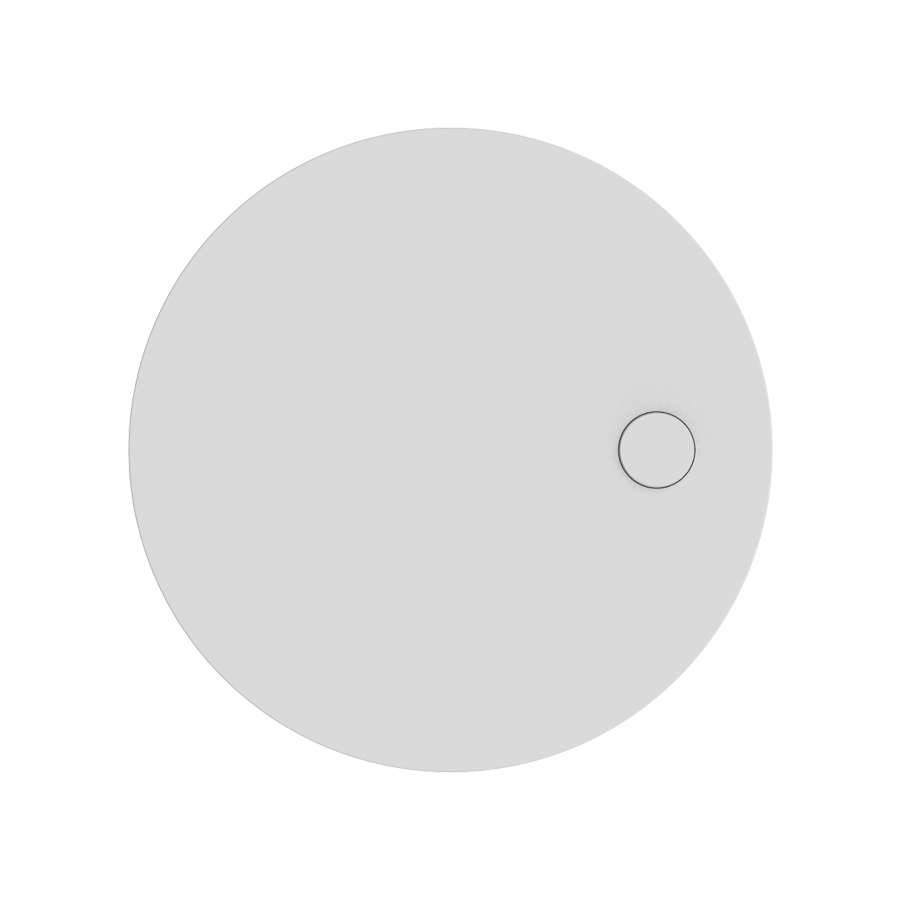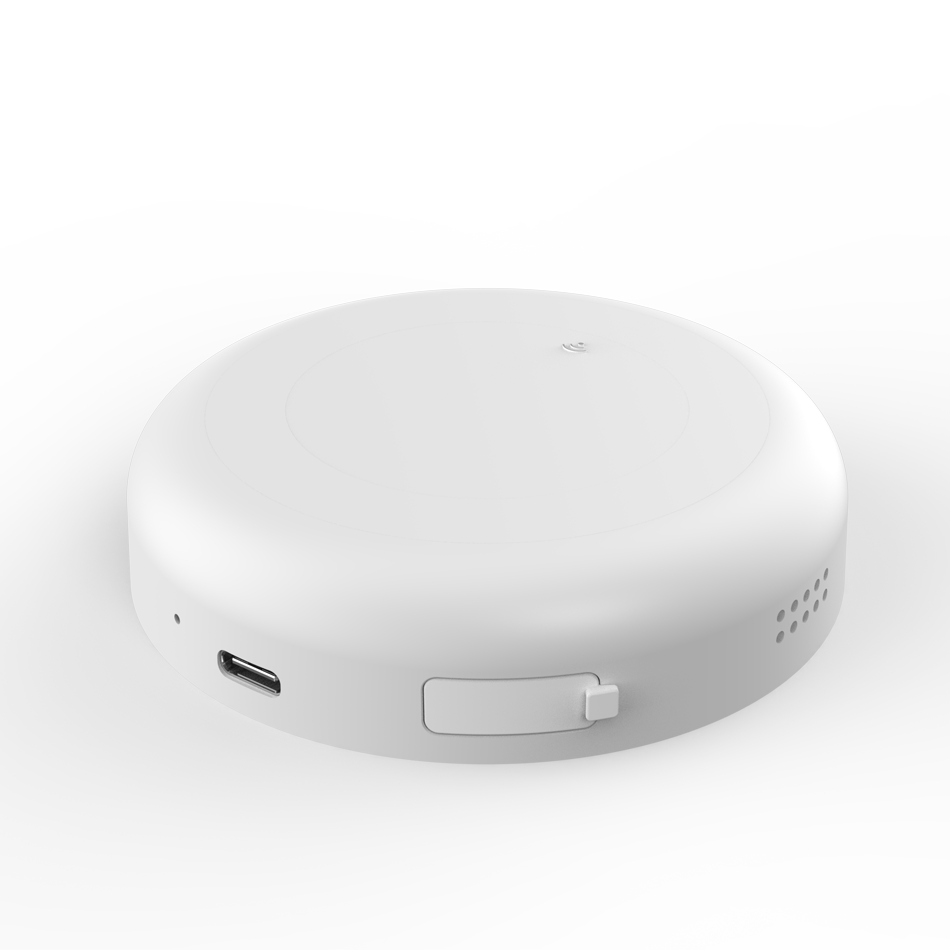-
Street Name, NY 38954
Product Function and Technical Principle
How does HOMERDA’s fall alarm sensor avoid false alarms?
Adopts 60GHz millimeter wave radar + AI algorithm dual verification mechanism:
When an abnormal posture is detected for the first time, the built-in speaker voice asks the user “Did you fall?”, and the APP alarm is triggered only after the user confirms “Yes”;
If the user does not respond or remains still for a long time (such as coma), the sensor will automatically push alarms to the family APP continuously and send text messages to emergency contacts simultaneously.
How does the sleep monitoring radar achieve non-contact data collection?
Based on the Doppler effect of 60GHz millimeter-wave radar, it detects human micro-movements (such as chest rise and fall during breathing, body movements caused by heartbeat) by transmitting and receiving radar waves.
There is no need to wear equipment or contact the skin. The monitoring distance can reach 2.5 meters (sleep state) and 1.5 meters (breathing/heartbeat accuracy monitoring).
Can the 24GHz human presence sensor distinguish between pets and humans?
Yes. Through dynamic/static presence detection algorithms, the difference between characteristic human movements (such as walking and waving) and pet activities can be accurately identified to avoid false alarms caused by pet activities.
The detection accuracy reaches the breathing level (it can sense human breathing in a static state).
How does the smart sleep monitor analyze sleep quality?
By monitoring data such as the duration of falling asleep, total sleep time, number of times getting out of bed, breathing rate, heart rate variability (HRV), and combining it with AI algorithms to divide the stages of wakefulness, light sleep, and deep sleep, a sleep score report is generated to intuitively display key indicators such as the proportion of deep sleep and sleep efficiency.



